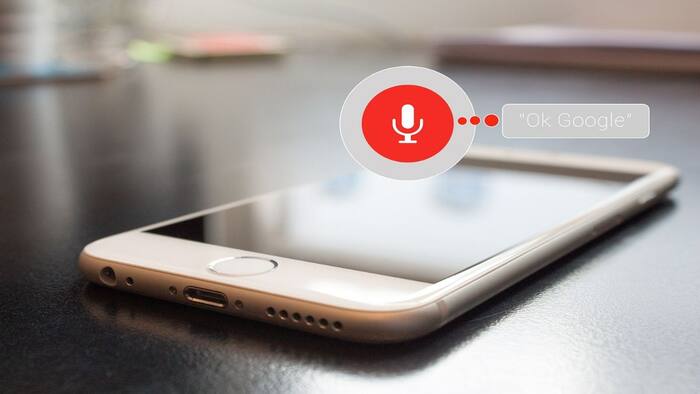
Written By Shweta Ganjoo
Published By: Shweta Ganjoo | Published: Oct 05, 2023, 03:39 PM (IST)


When OpenAI launched ChatGPT Plus earlier this year, it created a sudden frenzy in the world with tech companies rushing to introduce their own generative AI-based products. First came Microsoft-funded ChatGPT and then came Google Bard. Although at the time of its public launch Google Bard was available to users in select countries with limited features, over time, the company has expanded its availability to more countries. It has also added support for Google Bard to its other apps and platforms such as Gmail and Google Docs. More recently, the company supercharged Google Assistant with Bard-based features. Also Read: Google Rolls Out Gemini For TV On Google TV Streamer: Here’s What You Can Do With It
“Today at Made by Google, we introduced Assistant with Bard, a personal assistant powered by generative AI. It combines Bard’s generative and reasoning capabilities with Assistant’s personalised help,” Google wrote in a blog post announcing ‘Assistant with Bard’. Also Read: Google Gemini Arrives On Android Auto For Real-Time Conversations And Live Translation
The ‘Assistant with Bard’ essentially brings Bard’s Large Language Model (LLM)-powered capabilities to Google Assistant. It combines Google Assistant’s accessibility, familiarity among users, ease of use and ability to tailor responses based on individual users’ everyday needs with Bard’s vast troves of data, understanding and complex problem solving capabilities, which in turn enables users to perform more complex tasks or get answers to more complex queries within seconds – something Google Assistant could never do. Also Read: Gemini Is Finally Coming To Your Google Home Devices: Launch Date Revealed
With ‘Assistant with Bard’, users will be able to interact with Bard directly from their smartphones using text, voice and image-based prompts. “We’re building Assistant with Bard to be a more personalized helper that’s integrated with some of the Google services you already use, like Gmail and Docs — making it even easier to stay on top of the most important things in your life,” Google said in the blog post adding that this experience will be available on both Android and iOS powered devices.
Furthermore, the company said that on Android devices, it is working to offer a more contextually helpful experience. “For example, say you just took a photo of your cute puppy you’d like to post to social media. Simply float the Assistant with Bard overlay on top of your photo and ask it to write a social post for you,” Google said.
While on the surface, the announcement may not mean much to you but if you dig a little deeper, it not only gives you insights into Google Assistant’s future, but it also gives us a glimpse into Google’s future plans and the future of smart home devices.
Let’s talk about the fate of Google Assistant and the company’s future plans first.
Google typically announces new features for its products including Google Assistant at its annual developers’ conference. While the company did announce a host of new features for Wear OS, Workspace and machine learning (ML)-based models (to name a few) at Google I/O 2023, one product that remained absent from the event was Google Assistant. While some reports did suggest that Google Assistant might soon join the list of products that Google has axed, it isn’t hard to guess why Assistant is still important to Google despite Bard taking over the centrestage.
Google Assistant is one of the most widely distributed smart assistants in the world owing to the sheer number of devices it supports. It’s not only available on feature phones, smartphones and smart speakers, but it also supports smart TVs, smartwatches, and other smart home appliances. However, it’s not possible for Google to upgrade all the supported devices such that they support a far more advanced Bard owing to the nature of Android and Chrome’s device ecosystem. This is where Google Assistant comes into picture. Google Assistant is how Google can make Bard available to its burgeoning userbase across product categories.
In the grand scheme of things, killing Google Assistant makes little sense. Instead, it can be used to provide Bard-based features to users – something Google is already doing with ‘Assistant with Bard’. This will reduce hardware requirements while giving access to Bard’s more advanced features to users albeit with some limitations. This also seems like the natural progression for Google Assistant’s evolution.
What this means for the future of smart home devices?
Today’s announcement will also have a significant impact on the smart home ecosystem as it will pave the way for the company to replace Google Assistant with Bard on all its supported smart home devices in the near future. While the company may not require users to upgrade their devices immediately, at some point it may ask users to switch to a newer device should they want access to some or Bard’s more advanced capabilities.
So, what will users be able to do with Bard powered Google Assistant?
A lot actually. From answering kids’ queries to teaching them classroom lessons, from sharing social media posts to ordering groceries online and booking salon/doctor’s appointments, to researching about topics and even answering your mails when you’re on a vacation, there is no limit to what users will be able to do with this technology.